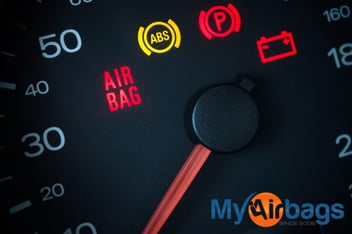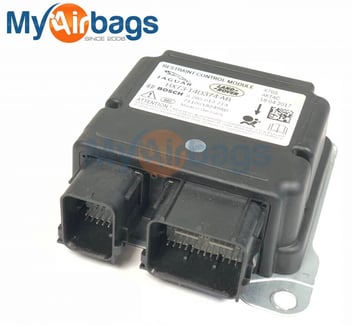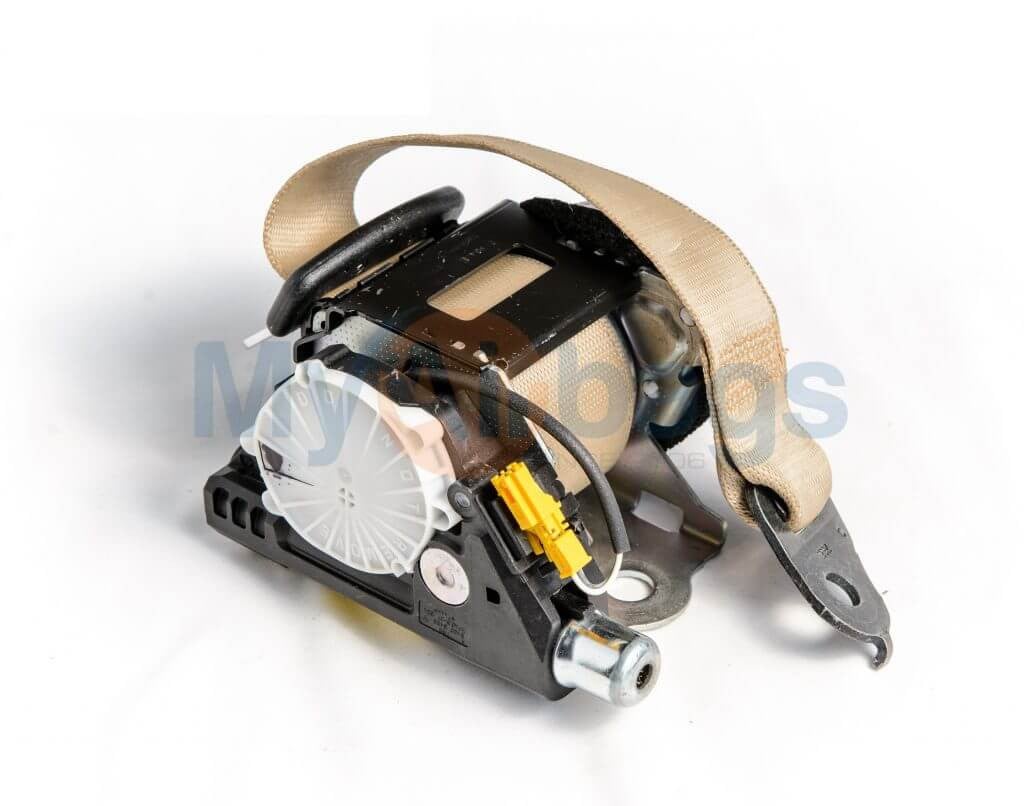
A seat belt pretensioner is one of the most significant components of your vehicle with respect to safety. It is important to have an understanding of this life-saving device. A
seat belt pretensioner is part of a complete system that tightens the belt during a crash event to help the driver and passengers in place. Before pretensioners, seat belts would simply lock up which allowed greater movement during a collision. Seat belt pretensioners are proven to reduce the number of injuries and deaths from crashes. During a collision, sensors trigger an explosive pyrotechnic charge, which in turn moves a concealed piston. Seat belt webbing is wrapped around a spool which is rotated by the movement of the piston. The length of the seatbelt is reduced which removes any slack and tightens the belt. This is a critical mechanism in an accident because it better secures the passengers in their seats and allows them to receive the utmost protection from their airbags. It all happens in milliseconds.
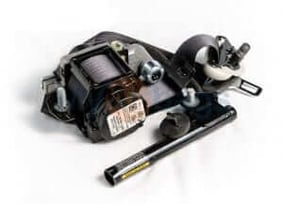
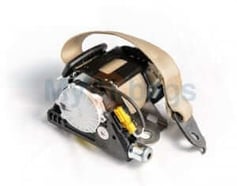
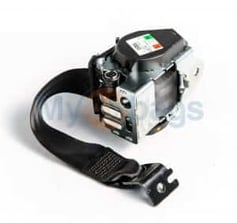
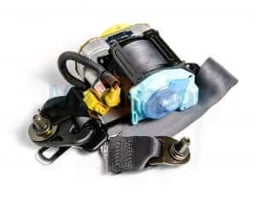
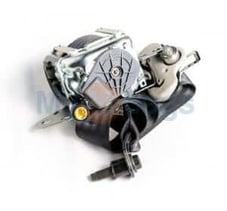 LINKS:
Updated 02/10/23
LINKS:
Updated 02/10/23
Types of seat belt pretensioners
There are two categories of pretensioner seat belt assemblies, mechanical, and electronic. The mechanical pretensioner is typically connected to the seat belt buckle by a powerful spring that remains compressed in a tube prior to an accident. A latching mechanism is responsible for holding back the pretensioner spring until an accident triggers the release of the latch. The movement of the spring tightens the seat belt to enhance passenger safety. Almost all new vehicles are equipped with electronic pretensioners They employ crash sensors, a computer module, and pyrotechnic gas generators that actuate in conjunction with airbag deployment. The explosive charges are very small but powerful enough to generate sufficient pressure to activate the mechanical linkage which in turn tightens the seat belt. While these two pretensioners are different in how they operate, they certainly have important similarities. Around 30 milliseconds after the collision has occurred during an accident, both pretensioners will create a slight amount of slack so that the passenger is able to have controlled contact with the associated airbag. It's all controlled by the SRS airbag module that also stores crash data from the accident. Once a pretensioner has been deployed, it is critical that the entire seat belt and pretensioner is rebuilt/repaired. Likewise, the airbag module must be reset or "cleared" before it can be reused.Different types of seat belts
There are many different types of seat belts including lap belts, sash belts, and three-point belts, plus five-point and six-point harnesses. The most common design is the three-point seat belt. It's a combination of lap and shoulder belts made up of a single length of belt webbing. This design covers the chest, pelvis, and shoulders for maximum security during a collision. Lap belts are commonly found in older vehicles and in rear middle positions. Primarily used in the 60s, sash belts are nothing more than adjustable diagonal straps that fasten over a passenger's shoulder. This belt, however, does not provide any tightening in the event of a collision. Five-point and six-point harnesses may provide more security, but restrict movement during normal driving. They are typically only used for child safety seats and race cars.Inspect your seat belts
These days, you are likely using a 3-point seat belt with a pretensioner. To ensure that the belt is functioning properly, it is important to understand that they need to be repaired after a collision. Pyrotechnic charges are spent and the pretensioners lock up by design during a crash. As such, it is important to repair seat belt pretensioners immediately after a collision. When shopping for a used vehicle, it's essential to check the condition of the seat belts. Look for evidence of seat belt pretensioner deployment and pull on the webbing to ensure that the belts lock and retract. Inspect the anchors and webbing for signs of deployment and damage. If your seat belts have been deployed, MyAirbags can restore safety of their mechanisms back to their original factory condition. MyAirbags can rebuild seat belt pretensioners even if they have been ripped, torn, cut, do not function properly, or perhaps are simply old and dirty. In addition, MyAirbags can also change the seat belt webbing to a custom color for those interested in improving the overall look of their vehicle’s interior. No matter what your particular need may be, do not hesitate to contact MyAirbags for any questions or requests that you may have regarding your seat belt pretensioner assemblies.3 Types of Seat Belt Pretensioners
These three seat belt pretensioners work in different combination sets- Retractor
- Buckle
- Anchor




 LINKS:
Updated 02/10/23
LINKS:
Updated 02/10/23

 myairbags.com
myairbags.com 888-779-9029
888-779-9029